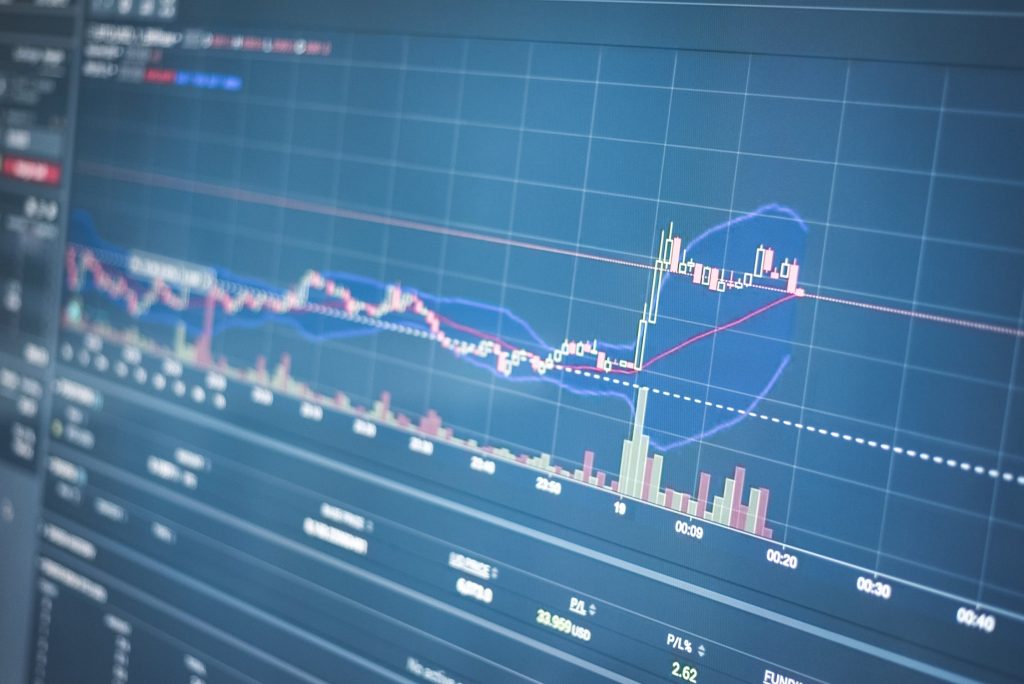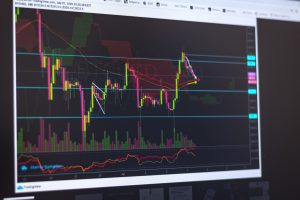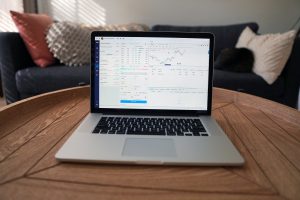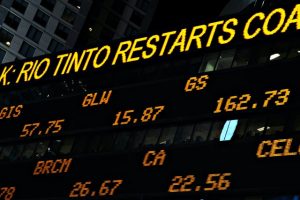Moving averages have been termed as some of the most popular trading tools for forex traders. Moving averages can be some of the most beneficial points of trade if you know how to apply them to your strategy. However, most forex traders make mistakes when choosing the type and length of the perfect moving average.
If you are considering using moving averages as a forex trading move, here is how to properly apply it.
What is a moving average?
In technical forex terms, a moving average is an indicator that represents an average market closing price over a given period. Often, traders use moving averages because of their ability to provide perfect indications of the current market momentum.
Simple moving average (SMA) and exponential moving average (EMA) are the most common types of moving averages used by traders. The main difference between the two types is that SMA has no weighting on the data set averages, while EMA offers more weighting to the market prices.
How to use moving averages for your trade
There are numerous ways of using moving averages. However, there are three main ways every trader should be conversant with.
Before diving into the three main ways, traders need to remember that it is not advisable to use moving averages alone as a strategy. This is because moving averages are lagging indicators and thus are best used alongside other price signals and action patterns to improve the odds of successful trading.
For Trade analysis
Using moving averages for trend analysis is the most common method of using moving balances. A trader can use a wide range of moving average variations to analyze market trends, and the 10 EMA and 20 EMA are the most common.
Like any other strategy used to trade forex, using moving averages for trend analysis is not always a perfect science. However, when used properly, the 10 EMA and 20 EMA make it easier to identify a market trend.
For instance, when trading AUDUSD currencies, you can look for buying opportunities whenever the 10 EMA tops the 20 EMA. The 10 EMA follows the price action more closely compared to the 20 EMA. When the 10 EMA is on top, it signals an uptrend in the market. On the other hand, the 2- EMA is on top of the 10 EMA represents a downtrend, which signals you to look for selling opportunities.
As Dynamic Support and Resistance
You can also use the 20 EMA and 10 EMA as dynamic support and resistance as some of the moving averages that carry weight in the market. Other moving averages commonly used include 10, 20, 50, 100 and 200 periods.
As the most commonly used moving averages, the market tends to favor these periods compared to others. This is also why support and resistance levels work. The logic behind it is that if more traders are using the same level to sell and buy, the market is expected to react in favor of these moves.
Take 10 EMA and 20 EMA as dynamic resistance on a downtrend. You will notice that once the 10 EMA crosses under the 20 EMA, it automatically starts acting as a dynamic resistance. Combined with a price action sell signal, this type of dynamic resistance can be a very powerful combination.
For identifying an overextended market
Moving averages can also be used to identify overextended markets. The most common mistake made by forex traders is selling or buying when it is too late. A moving average can help you determine whether you are entering an overextended market.
In the normal daily trades, the market normalizes after an extended upward or downward move. This normalization can be in the form of retracement or sideways price action. When you use the 10 or 20 EMA, you can avoid joining a trend when it is too late. This method can go hand in hand with the use of moving averages as dynamic support and resistance.
For instance, when trading NZDJPY currencies, the market can make two extended downward moves against the 10 and 20 EMA. As a prose action trader, you need to avoid entering the market, making this extended move away from these moving averages. Instead, you should give the market time to normalize and return to the 10 and 20 EMA before finding a sell signal.
Bottom line
The three methods above are the most common ways of using moving averages in your trade. While there are dozens of other ways to use moving averages in your strategy, these three methods will serve your trading well for a long time.






More Stories
What are cryptocurrency exchange-traded funds?
How to implement contrarian strategies?
The following are ten FTSE 100 travel stocks that may take flight in 2022